An outdoor enthusiast’s paradise, North Dakota features a rich tapestry of landscapes that attract avid duck hunters from near and far.
The thrill of the hunt, the camaraderie among other enthusiasts, and the unique challenge of navigating the state’s waterways create an experience like no other.
However, the key to a successful duck hunting expedition lies not only in skill but also in staying well-informed.
In this comprehensive guide, we delve into the heart of the North Dakota duck hunting scene, giving you the definitive resource to navigate the ever-changing landscape of duck hunting reports.
Discover the strategies, locations, and essential information that will improve your hunting game and ensure an unforgettable adventure in North Dakota’s picturesque waterfowl paradise.
Join us as we discover the secrets to a successful and satisfying duck hunting experience in this diverse and captivating region.
North Dakota Duck Hunting Overview
North Dakota stands as a premier destination for duck hunters, offering a captivating combination of diverse landscapes and an abundance of waterfowl.
Located in the heart of the Central Flyway, this state offers a crucial stopover for migrating ducks. It is a hotspot for enthusiasts seeking variety and challenge in their hunting activities.
North Dakota’s expansive grasslands, extensive wetlands, and meandering rivers create an ideal habitat for numerous species of ducks.
From iconic mallards to elusive canvasbacks, the state’s waterfowl population paints a vivid picture of biological diversity.
Duck hunting in North Dakota is not simply a sport; Duck Hunting is a beloved tradition that connects enthusiasts with the region’s natural splendor.
Whether you’re an experienced hunter or a novice eager to embark on your first expedition, the opportunities here are as vast as the broad horizons that characterize the North Dakota landscape.
As we delve deeper into this guide, we’ll navigate through the intricacies of the North Dakota duck hunting scene, unraveling best practices, essential information, and expert tips that will allow you to make the most of your hunting efforts in this paradise. Of waterfowl.
Prepare to explore the nuances of duck hunting in North Dakota, where every quack resonates against the backdrop of a landscape waiting to be discovered.
Why Duck Hunting Reports Are Importan

In the dynamic world of duck hunting, staying ahead of the game isn’t just a strategy—it’s a necessity.
Duck hunting reports serve as a compass that guides hunters through the fluctuating tides of waterfowl behavior, weather patterns and environmental conditions.
Understanding why these reports are important is like discovering the secrets that transform a good hunt into an exceptional one.
Real-time intelligence:
Duck hunting reports provide real-time intelligence on the current status of waterfowl movements.
This Maryland’s waterfowl season information is invaluable to hunters looking to intercept migrating ducks at the right place and time.
Climate impact:
The weather plays a fundamental role in duck behavior. The reports help hunters anticipate how changing weather conditions might influence duck movements, allowing them to adapt their strategies accordingly.
Habitat Perspectives:
Ducks are creatures of habit, and their choice of habitat can change with the seasons. Hunting reports provide information on where ducks currently congregate, whether in wetlands, rivers or agricultural fields.
Migration patterns:
Understanding duck migration patterns is key to successful hunting. The reports track the movements of several duck species, helping hunters predict when and where they are likely to pass through North Dakota.
Efficient trip planning:
For hunters planning a trip to North Dakota, up-to-date reports streamline the decision-making process.
They know where the ducks are, and the conditions they face allow hunters to optimize their time and resources.
Normative compliance:
Duck hunting reports often include information on hunting regulations and guidelines. Staying informed of any changes ensures hunters comply with legal requirements, promoting ethical and sustainable hunting practices.
Community Connection:
The shared experience of reading and contributing to hunting reports fosters a sense of community among duck hunters.
The ideas, anecdotes and advice exchanged within this community enhance the overall hunting experience.
In essence, north dakota duck hunting reports are the linchpin that connects hunters to the pulse of North Dakota’s waterfowl environment.
Armed with this knowledge, hunters can adapt, strategize, and embark on a hunting adventure that goes beyond chance, transforming it into a calculated search for nature’s most elusive game.
Where to Find North Dakota Duck Hunting Reports:
In the north dakota migration report digital age, accessing timely and accurate information about duck hunting in North Dakota is easier than ever.
Hunters can access a variety of trusted sources to stay up to date with the latest reports, ensuring they are well-prepared for their upcoming expeditions. Below are some key ways to find duck hunting reports in North Dakota:
State wildlife agencies:
The North Dakota Game and Fish Department is a primary source of official hunting reports. Their website often provides up-to-date information on waterfowl activity, migration patterns and hunting conditions.
Online hunting forums:
Interact with the hunting community in online forums and discussion boards. Websites like Ducks Unlimited or HuntingNet have dedicated sections where hunters share their experiences, observations, and reports in real-time.
Waterfowl Migration Applications:
Use specialized mobile apps designed to track waterfowl migration. These applications often aggregate data from various sources and provide users with interactive maps, migration forecasts, and user-generated reports.
Local Hunting Clubs and Organizations:
Connect with local hunting clubs and organizations in North Dakota. These groups often share valuable information, and their members can provide firsthand accounts of recent hunting experiences.
Social media groups:
Join relevant social media groups or runners where North Dakota duck hunters gather. Platforms like Facebook and Twitter host communities where members share ideas, photos and updates about current hunting conditions.
Commercial Hunting Websites:
Explore commercial websites dedicated to hunting. Some platforms offer comprehensive hunting reports for specific regions, including North Dakota, and combine data from multiple sources to provide a complete overview.
Local guides and providers:
Contact local hunting guides and outfitters. They are aware of the current hunting landscape and can offer helpful advice based on their backgrounds and customer feedback.
Wildlife Refuges and Management Areas:
See reports for wildlife refuges and management areas in North Dakota. These areas often publish official reports detailing waterfowl populations, which can be crucial information for hunters.
Interactive maps and e-newsletters:
Explore interactive maps showing waterfowl activity. Some websites provide newsletters or email updates, ensuring hunters receive the latest reports directly to their inboxes.
Local sporting goods stores:
Visit local sporting goods stores, which may have bulletin boards or information centers displaying hunting reports. Store staff can also share ideas and recommendations based on customer feedback.
By taking advantage of these diverse sources, hunters can gain a comprehensive understanding of North Dakota’s duck hunting landscape.
The combination of official reports, community insights, and technological tools allows hunters to make informed decisions and enhances the overall duck hunting experience in this waterfowl migration scenic region.
Best Times for Duck Hunting in North Dakota:
Timing is everything in the world of duck hunting, and North Dakota offers a dynamic calendar of opportunities for enthusiasts.
Understanding the best times to hunt ducks involves considering seasonal patterns, weather conditions, and the behavior of various duck species.
Here’s a breakdown of prime times to plan your North Dakota duck hunting expeditions:
Early autumn, September to early October
- The beginning of the fall season marks the arrival of the first waves of ducks, including teals and wood ducks.
- Mild weather conditions and abundant food sources make this period favorable for successful hunting.
Mid-autumn – late October to early November
- As temperatures drop, a wide range of duck species migrate through North Dakota.
- Pintails and mallards are becoming more common, providing hunters with a variety of targets.
Late autumn, November to December:
- During this period, the concentration of diving ducks, such as canvasbacks and redheads, increases.
- Colder temperatures push more ducks south, creating optimal hunting conditions.
Winter: late December to February:
- Late hunting can be rewarding, especially during mild winter days.
- Concentrations of waterfowl can be found in open water areas or areas with minimal ice cover.
Post-Freeze Thawing: Late Winter to Early Spring:
- During periods of snowmelt, ducks may return to frozen areas, providing additional hunting opportunities.
- Focus on open water areas or areas where water is accessible to ducks.
Temperate climate windows:
- Take advantage of warm weather windows throughout the season when ducks are most active.
- Sudden warm periods or breaks in severe weather can stimulate increased duck movement.
Sunrise and sunset:
- Regardless of the season, dawn and dusk are universally productive times for duck hunting.
- Ducks tend to be more active during these low-light periods, presenting ideal opportunities for hunters.
Mating seasons:
- Pay attention to mating seasons, as ducks tend to talk more and be more visible during these times.
- Understanding reproductive behavior can help hunters position themselves strategically.
Weather fronts:
- Hunting is usually more successful before or after a weather front.
- Ducks tend to move more during these transition periods, providing windows of opportunity.
Check out the hunting reports:
- Regularly check hunting reports for real-time information on duck movements and conditions.
- The reports can help hunters adjust their plans based on the latest knowledge from the field.
Ultimately, flexibility and adaptability are key in North Dakota’s dynamic duck hunting environment. By aligning your hunting trips with these optimal times and being attentive to the nuances of each season, you will maximize your chances of having a successful and memorable hunt the north migration experience in this diverse and abundant region.
Best Times for Duck Hunting in North Dakota:
Timing is everything in the world of duck hunting, and North Dakota offers a dynamic calendar of opportunities for enthusiasts. Understanding the best times to hunt ducks involves considering seasonal patterns, weather conditions, and the behavior of various duck species. Here’s a breakdown of prime times to plan your North Dakota duck hunting expeditions:
Early autumn, September to early October:
The beginning of the fall season marks the arrival of the first waves of ducks, including teals and wood ducks.
Mild weather conditions and abundant food sources make this period favorable for successful hunting.
Mid-autumn – late October to early November:
As temperatures drop, a wide range of duck species migrate through North Dakota.
Pintails and mallards are becoming more common, providing hunters with a variety of targets.
Late autumn, November to December:
During this period, an increase in the engagement of diving ducks, such as canvasbacks and redheads, is observed.
Colder temperatures push more ducks south, creating optimal hunting conditions.
Winter: late December to February:
Late hunting can be rewarding, especially during mild winter days.
Concentrations of waterfowl can be found in open water areas or areas with minimal ice cover.
Post-Freeze Thawing: Late Winter to Early Spring:
During periods of snowmelt, ducks may return to frozen areas, providing additional hunting opportunities.
Focus on open water areas or areas where water is accessible to ducks.
Temperate climate windows:
Take advantage of warm weather windows throughout the season when ducks are most active.
Sudden warm periods or breaks in severe weather can stimulate increased duck movement.
Sunrise and sunset:
Regardless of the season, dawn and dusk are universally productive times for duck hunting.
Ducks tend to be more active during these low-light periods, presenting ideal opportunities for hunters.
Mating seasons:
Pay attention to mating seasons, as ducks tend to talk more and be more visible during these times.
Understanding reproductive behavior can help hunters position themselves strategically.
Weather fronts:
Hunting is usually more successful before or after a weather front.
Ducks tend to move more during these transition periods, providing windows of opportunity.
Check out the hunting reports:
Regularly check hunting reports for real-time information on duck movements and conditions.
The reports can help hunters adjust their plans based on the latest knowledge from the field.
Ultimately, flexibility and adaptability are key in North Dakota’s dynamic duck hunting environment. By aligning your hunting trips with these optimal times and being attentive to the nuances of each season, you will maximize your chances of having a successful and memorable duck hunting experience in this diverse and abundant region.
Essential Equipment for Duck Hunting in North Dakota:
Equipping yourself with the proper equipment is essential to enjoying a duck hunting experience in the diverse landscapes of North Dakota. Here is a complete list of essential equipment to ensure you are well-prepared for your waterfowl adventures:
Shotgun:
Opt for a reliable, weather-resistant shotgun suitable for waterfowl hunting. A 12 gauge with a modified choke is a versatile option.
Ammunition:
Select high-quality, non-toxic ammunition that meets waterfowl hunting regulations. Steel shot or other non-toxic materials are generally used.
Lures:
Invest in a combination of duck decoys to imitate different species. Mallards, mallards, and gadwalls are commonly found in North Dakota, so diversify your range accordingly.
Blind:
To conceal yourself along the water’s edge, use a portable blind or build a natural blind. Camouflage patterns that match the surrounding vegetation are effective.
Waders:
Quality chest or hip waders are essential for navigating wetlands and rivers. Isolated options are recommended for late hunting in colder temperatures.
Clothes:
Dress in layers to adapt to varying weather conditions. Watertight and windproof outer layers, as well as insulated clothing, are essential for comfort.
Calls:
You can use duck calls to imitate quacking, feeding sounds, and other vocalizations. Mastering the art of calling improves your ability to attract ducks.
Binoculars:
Use binoculars to look for ducks in the distance. This is particularly useful when hunting larger bodies of water or extensive wetlands.
Dog and dog equipment:
If you hunt with a retriever, make sure your dog is well-trained to retrieve waterfowl—pack essentials like a dog blind, a water bowl, and a dog first aid kit.
Backpack or blind bag: Keep essential items organized and accessible in a backpack or blind bag. Include items such as extra ammunition, snacks, water, and a first aid kit.
Navigation tools: Carry a GPS device or smartphone with mapping apps to navigate the extensive hunting grounds and mark successful hunting spots.
Safety equipment: Prioritize safety with essentials like a life jacket, especially if hunting from a boat, and a whistle for signaling.
Flashlight or headlamp: A reliable lighthead is crucial for setting up before sunrise or turning off after sunset.
Field Bandage Kit: Include a quality field preparation kit to clean and prepare field-harvested ducks.
License and Permits: Be sure you have all required licenses and permits, including a federal waterfowl stamp, in accordance with North Dakota hunting regulations.
By assembling this arsenal of gear, you will not only improve your effectiveness as a hunter, but you will also ensure a safe and comfortable experience in the unpredictable and rewarding duck hunting environments of North Dakota.
Safety Tips for Duck Hunters:
Duck hunting in North Dakota’s diverse landscapes requires a commitment to safety. Prioritize your well-being and that of your fellow hunters with these essential safety tips:
Wear a life jacket:
Always wear a life jacket when hunting on a boat or navigating waterways. Unpredictable conditions require constant preparation.
Muzzle awareness:
Practice muzzle control and make sure your firearm is pointed in a safe path at all times. Be aware of your surroundings, including your fellow hunters.
Navigation safety:
If you use a boat, follow boating safety regulations. Check weather conditions, wear necessary safety equipment, and avoid overloading.
Stay visible:
Wear hunter orange or other highly visible colors to improve your visibility to other hunters in the area.
Communication:
Establish clear communication with hunting partners. Share plans, locations and signs to avoid confusion in the field.
Preparation for cold water:
Prepare for cold water conditions with insulated clothing and proper equipment. Be aware of the risks of hypothermia.
Prioritizing safety improves the overall duck hunting experience, ensuring a responsible and enjoyable hunt in North Dakota’s scenic landscapes.
Conclusion
In the heart of North Dakota’s waterfowl refuge, duck hunters find not just a sport but a rich tapestry of incidents waiting to unfold. From serene wetlands to sprawling grasslands, this guide has explored the intricate details that transform a duck hunting expedition into a memorable adventure.
Understanding the nuances of North Dakota duck hunting reports, optimal seasons, and essential equipment provides hunters with the tools to navigate this vibrant geography successfully. The state’s popular hunting locations, along with safety considerations, contribute to a holistic approach that enhances both the thrill of the hunt and the appreciation of nature’s beauty.
As you embark on your North Dakota duck hunting trip, let the knowledge gained in this guide be your compass. Respect the land, appreciate the camaraderie, and savor the moments that only a waterfowl refuge like North Dakota can offer. May each quack resonate not only in the marshes but also in the memories of a well-planned and responsibly executed duck hunting experience. Happy hunting!



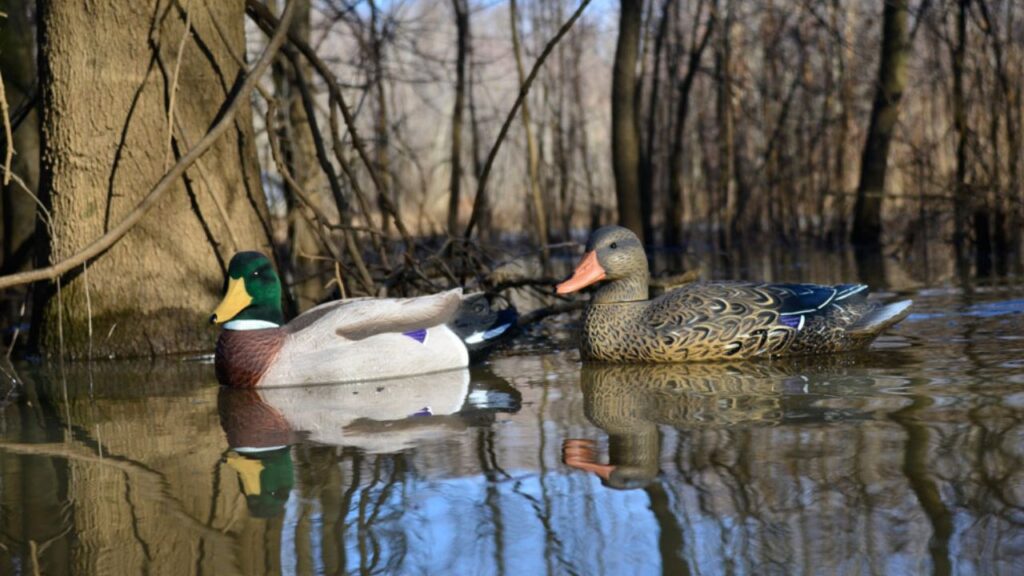
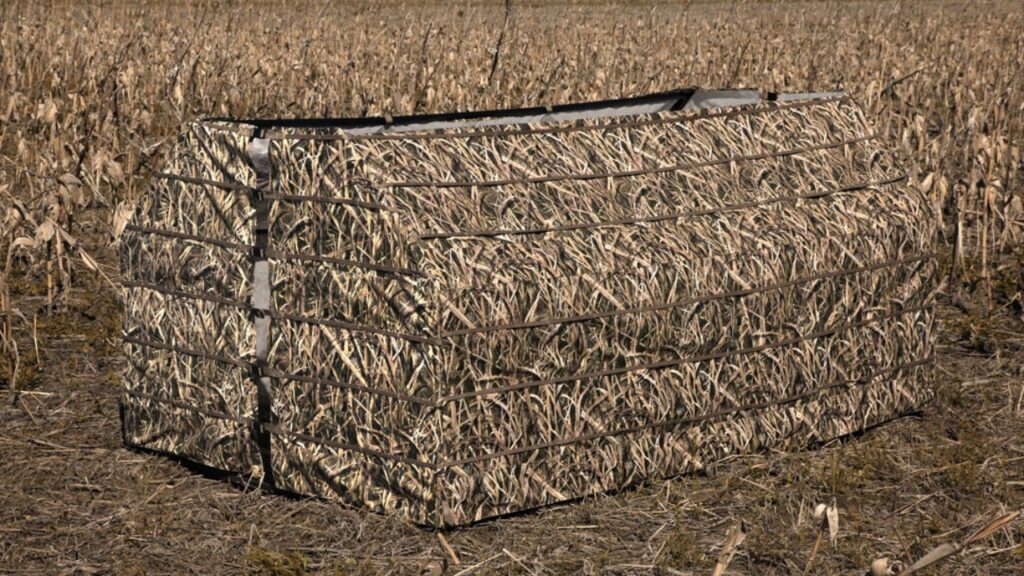
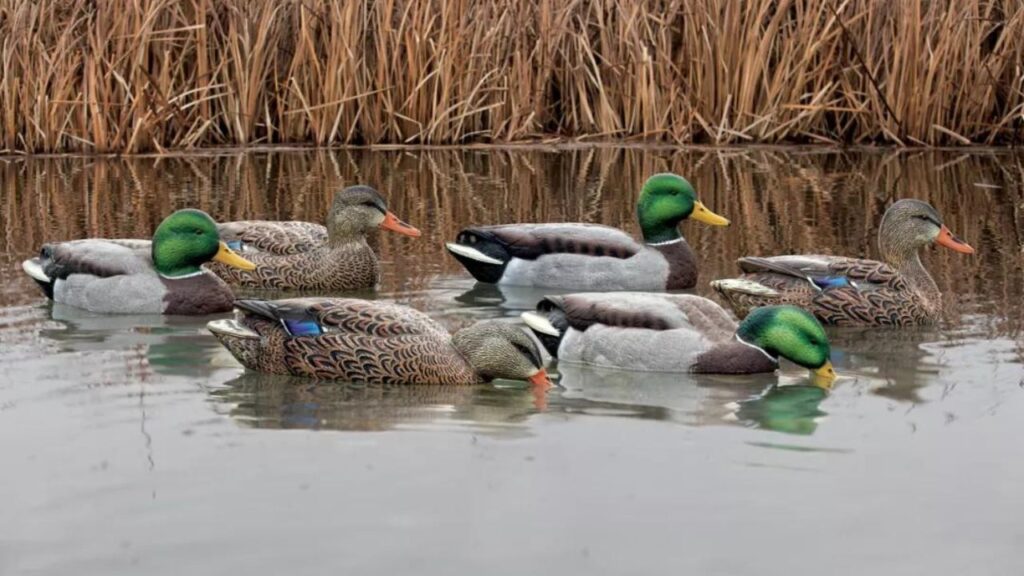


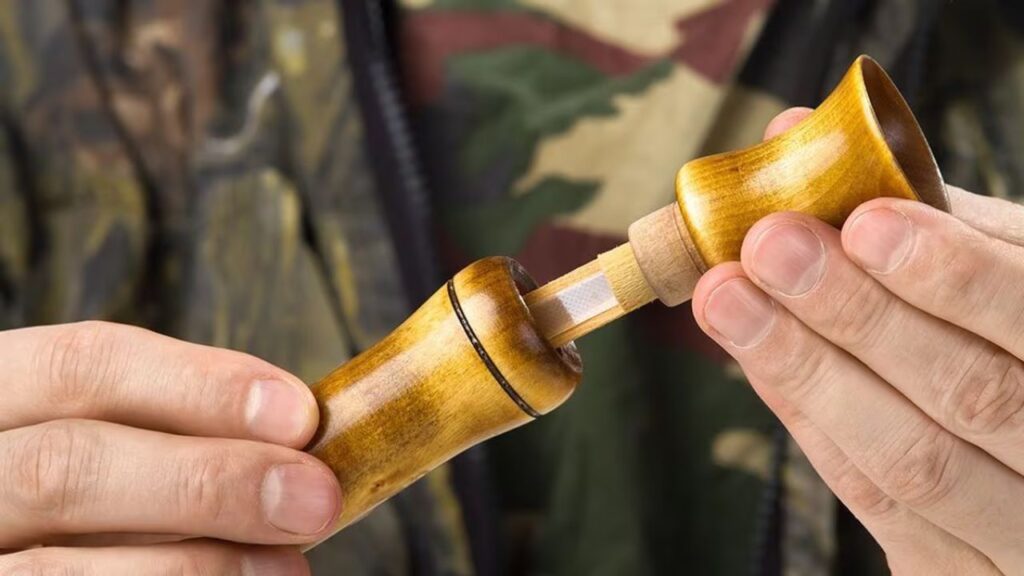
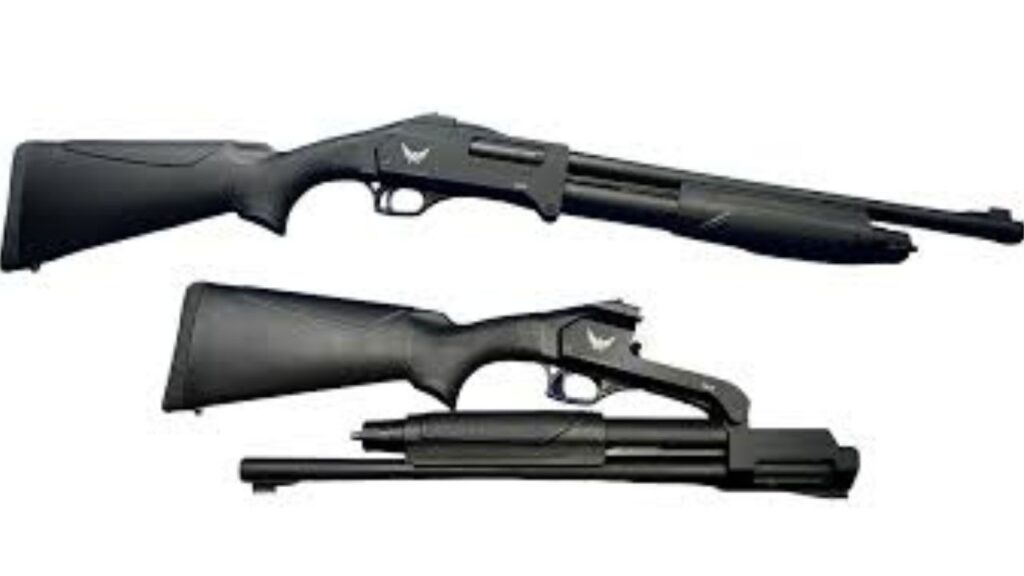
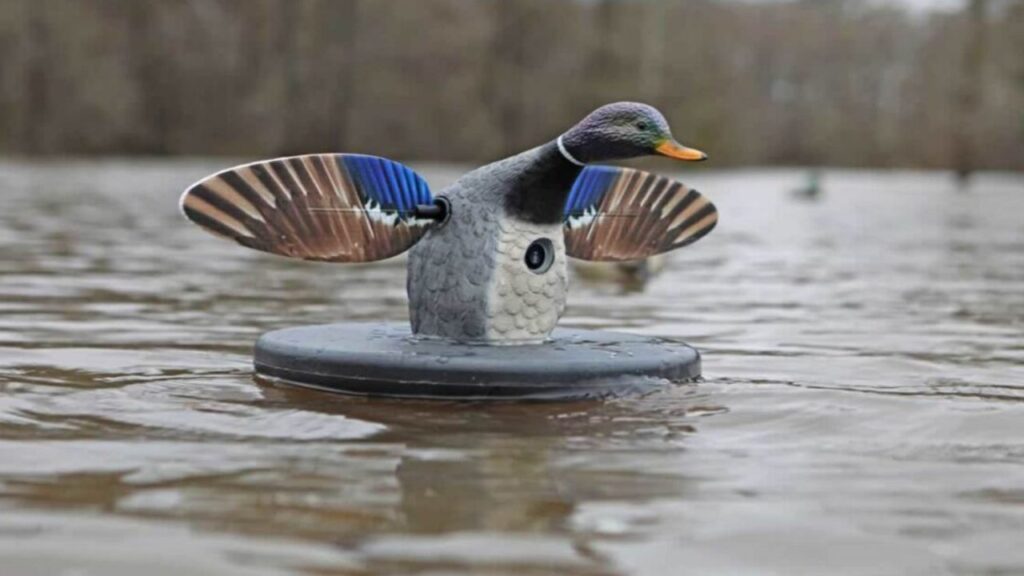



One thought on “The Ultimate Guide To North Dakota Duck Hunting Reports”